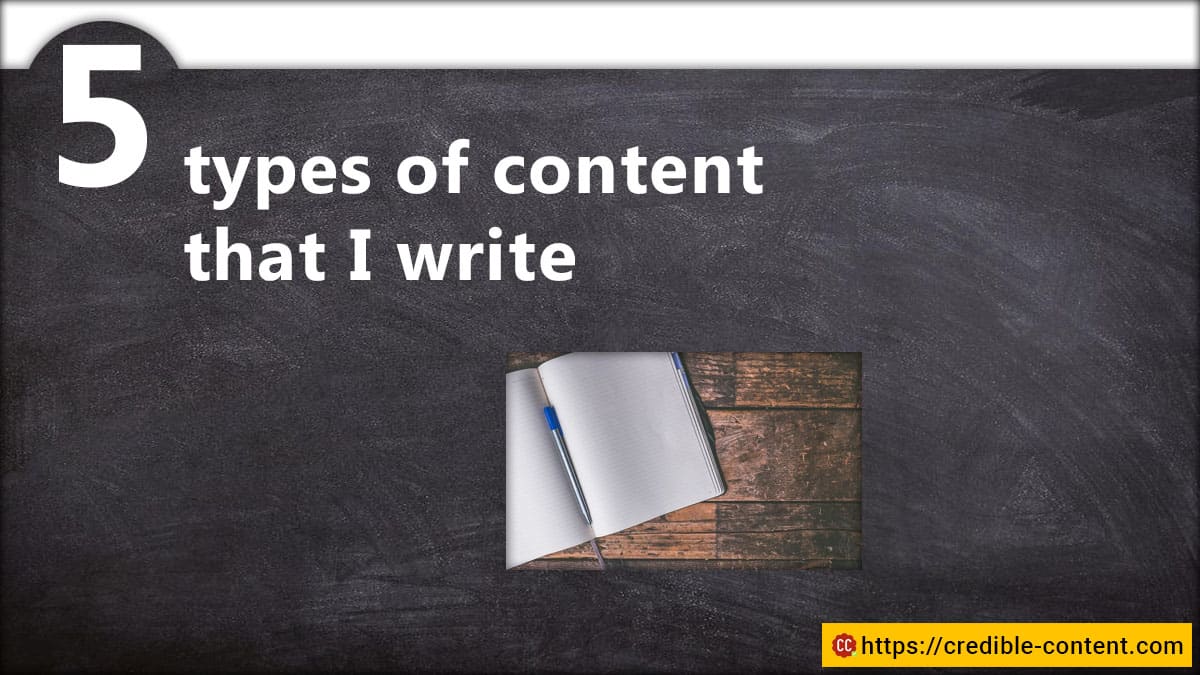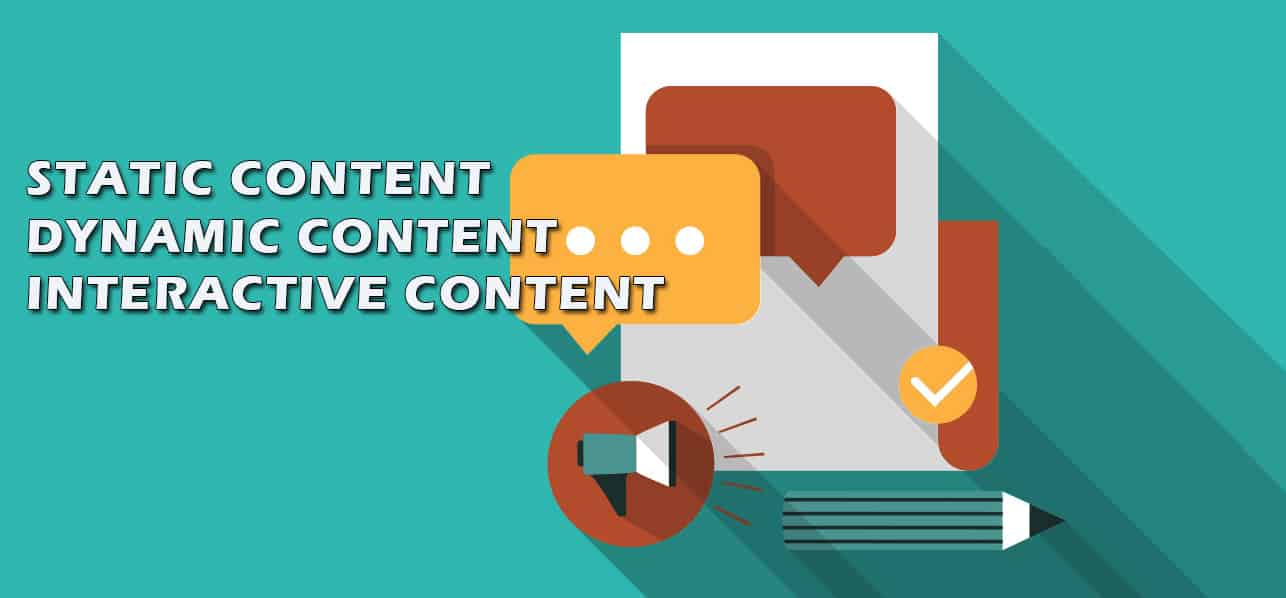Although I have extensively explained on my website that being a writer I can write on a wide choice of topics and realms, many clients often ask me exactly what I do and what sort of writing I provide professionally.
I have spread my net quite wide in the previous years and I think this has been a mistake. There are many writing activities that are time wasting in terms of generating income. For example, email writing. Most of the clients think of email as number of words but sometimes, more effort is needed in writing a business email than writing a blog post. I’m gradually moving towards the payment model that is based on the effort and expertise rather than merely the number of words.
Broadly, I’m writing content for 5 types of requirements these days. I’m explaining below
1. Blog writing
I love writing blogs because it is mostly linear writing without fluff. It is educational. It is informative. It imparts value.
Although blogging requires research, in most of the cases clients these days send their own outline and sometimes even research material because I charge extra for that. As long as they are paying for my time, I don’t even mind extensive researching.
Although many clients hire me to write “SEO blog posts” I focus more on quality and relevance rather than simply stuffing keywords. This is primarily the reason why I charge slightly more than other content writers who don’t mind simply writing for SEO.
2. Web page writing
This involves writing for the homepage and other pages on the website such as the services page, the company profile, the about us page, or the product descriptions.
Web page writing is quite important, and I charge more than I charge for blog writing. This is where conversion happens. This is where you tell your visitors whether they should do business with you.
Web page writing or website writing is a mix of content writing and copywriting. You inform, educate, but more than that, you sell.
3. Email writing
As I have explained above, I’m shifting the focus to quality rather than the number of words. I like writing emails because I love to communicate. I can write convincingly. I can stick to the point. I can communicate what the client wants to communicate to his or her client or customer. The only precondition is, the client must be able to tell me what he or she exactly wants to communicate.
4. Case studies
A case study is a detailed examination of some problem a customer or client had been facing and how that problem was solved by a service or are product. Detailed method is described, including technologies.
A case study is like a story. You tell about a customer or a client and what problems he or she had been going through. Then how those problems were solved through your effort or through your product. It uses engaging storytelling to weave a narrative around what you offer.
5. Landing pages
Landing pages are very focused. Unlike the usual web page or the blog post page of a website, a landing page has a single objective – to prompt the viewer to take a particular action. This action might be buying a product, or a book, or subscribing to a mailing list.
Landing pages are used for PPC and email marketing campaigns. People are driven to landing pages by promoting the link to them. For example, if you want to draw people through Google AdWords campaigns or Facebook campaigns or even email marketing campaigns, you use a landing page.
Landing page is mostly copywriting.
Other than these five categories, I have also been writing e-books for some clients, but mostly it is blogging, website writing and landing pages.


